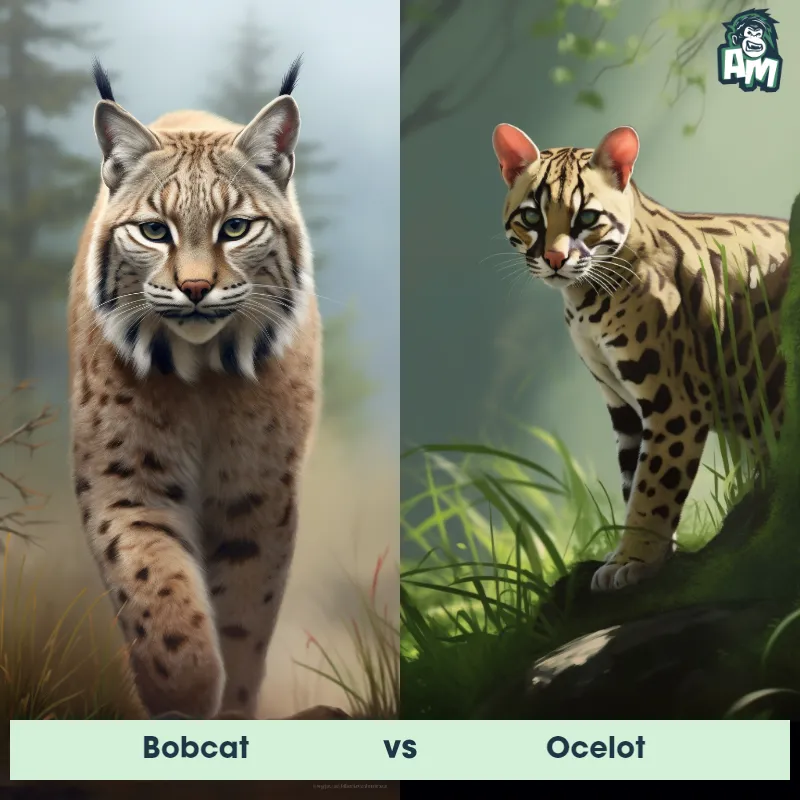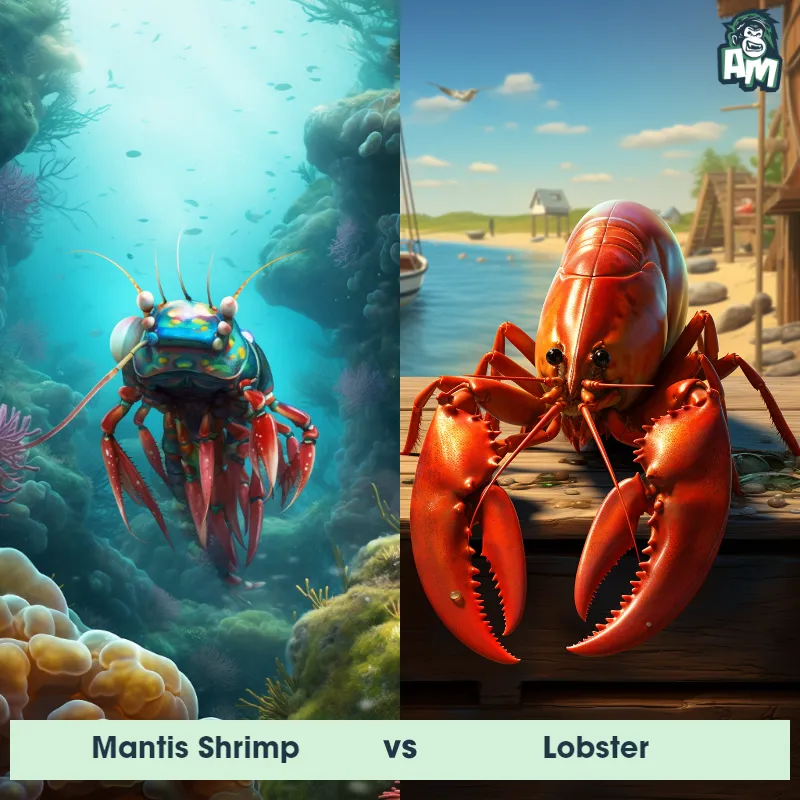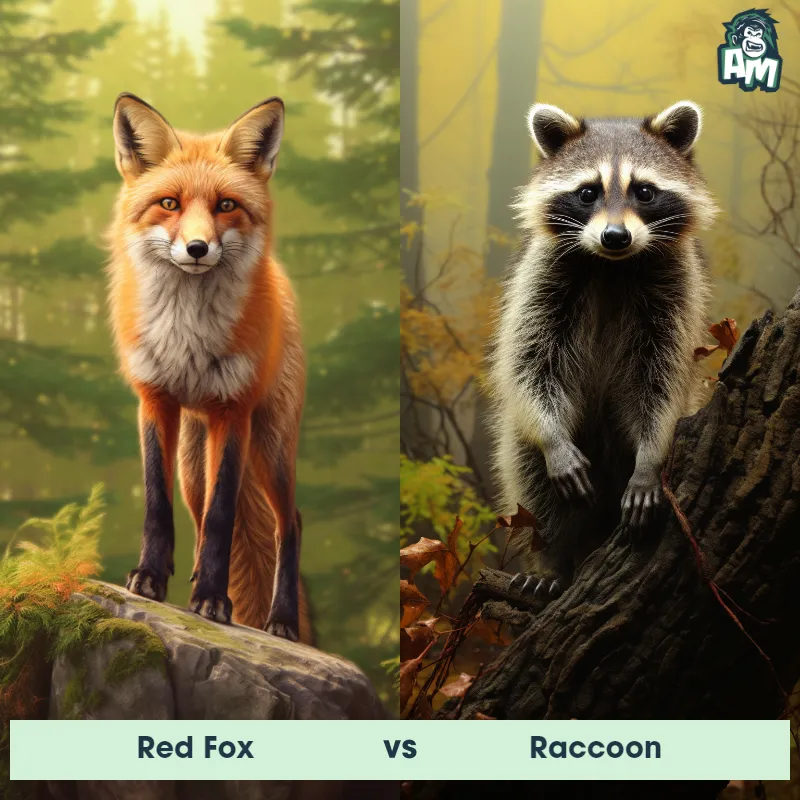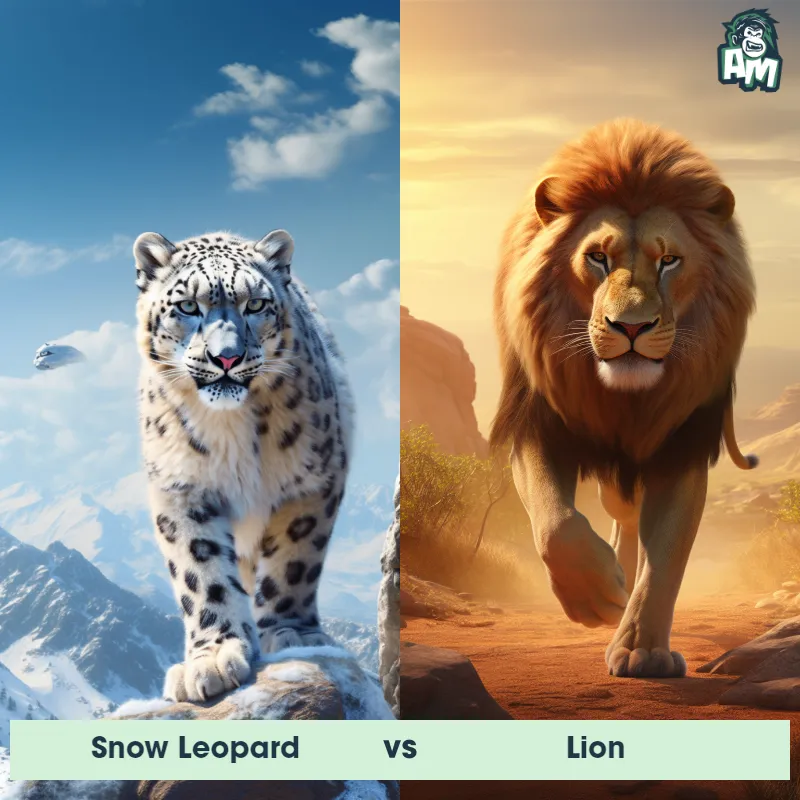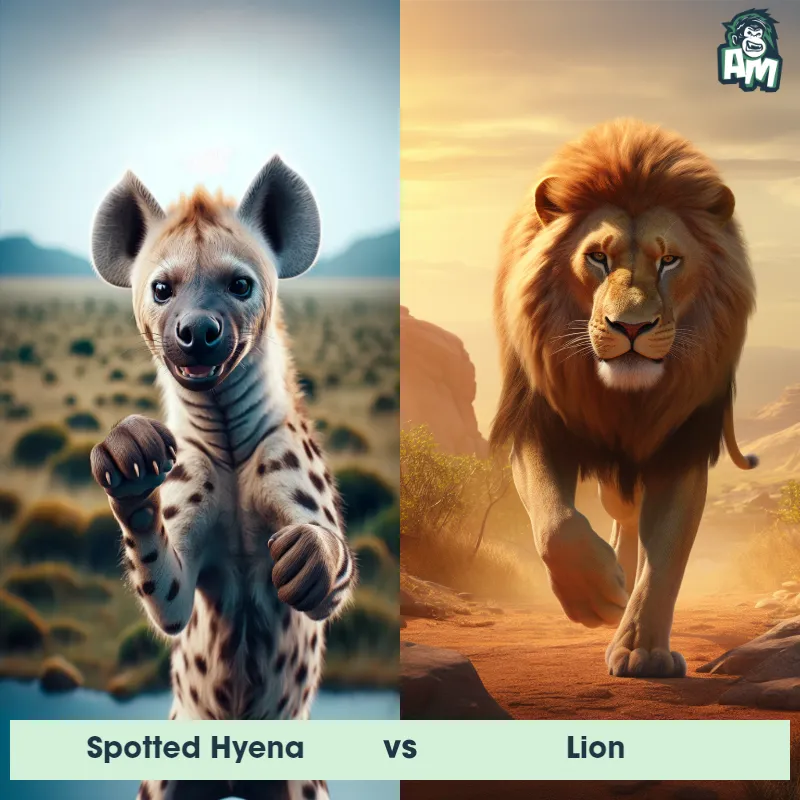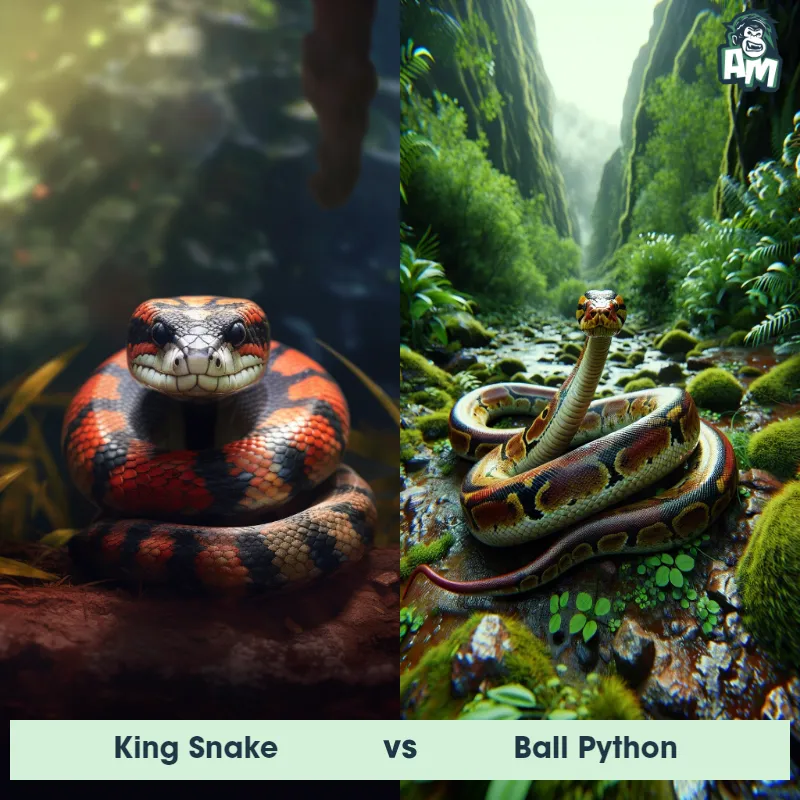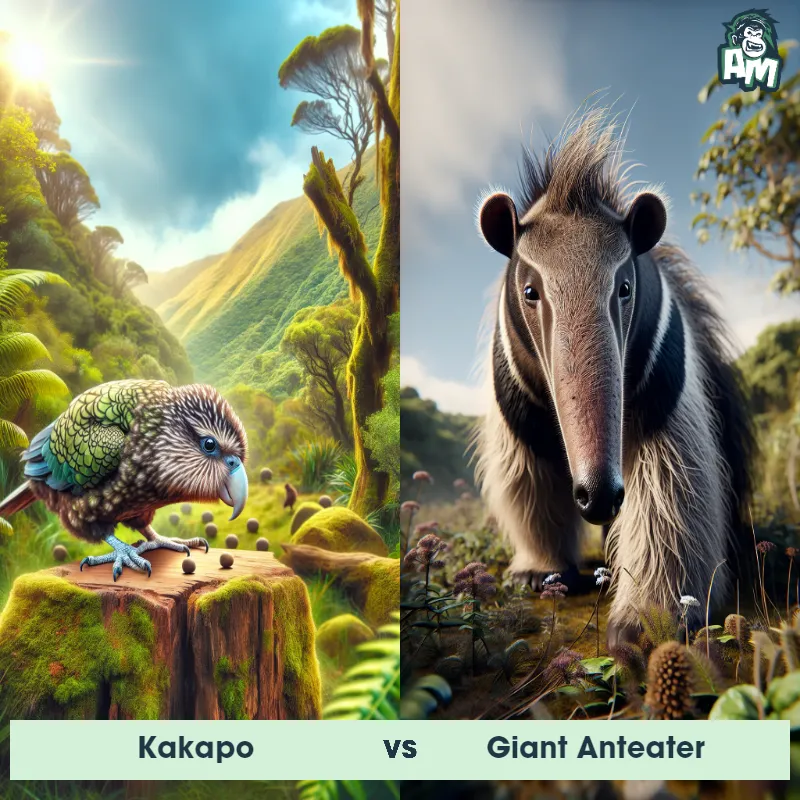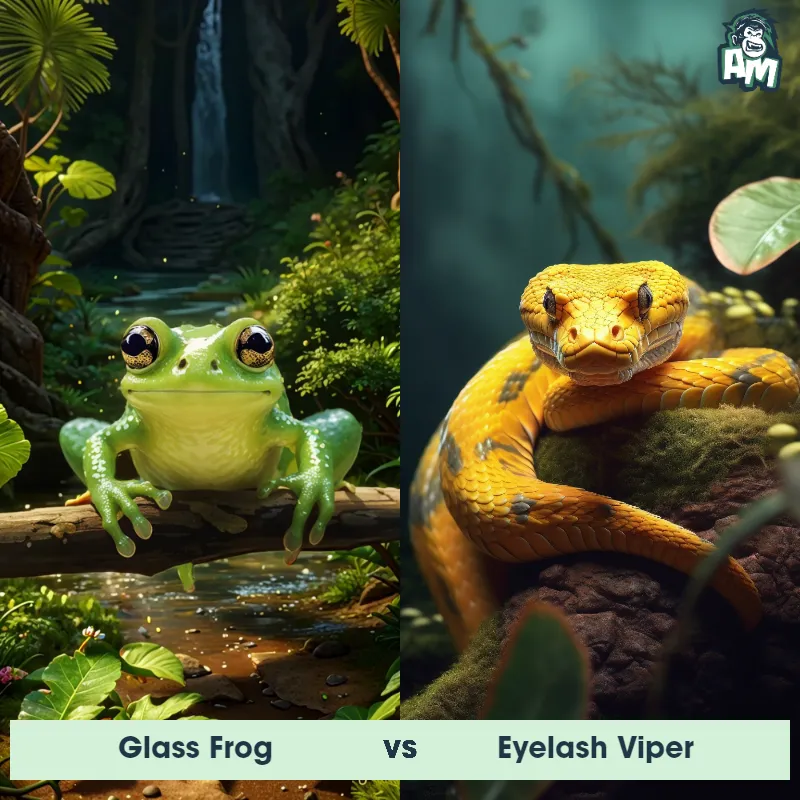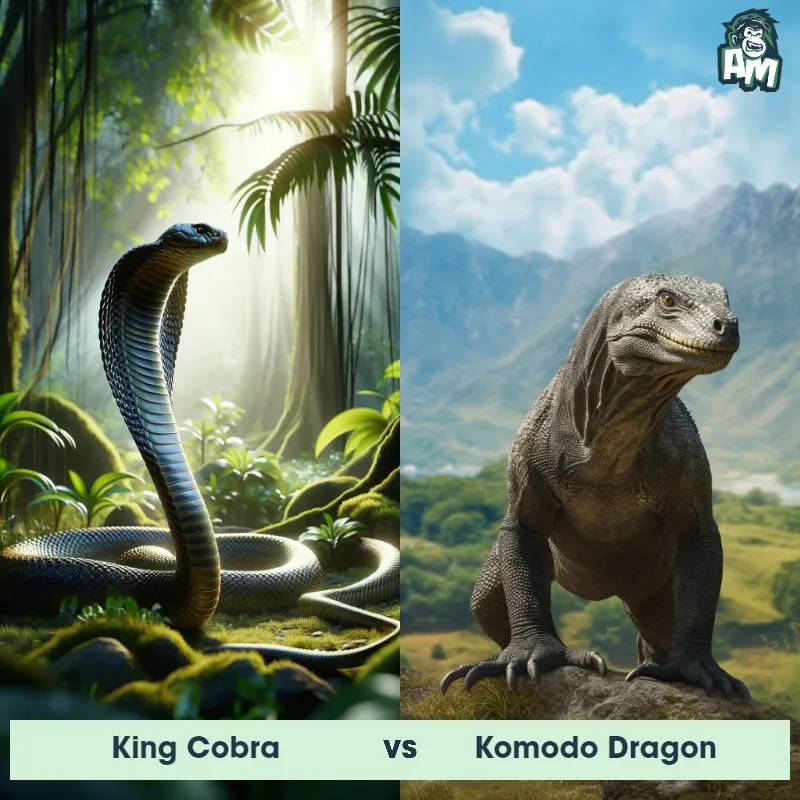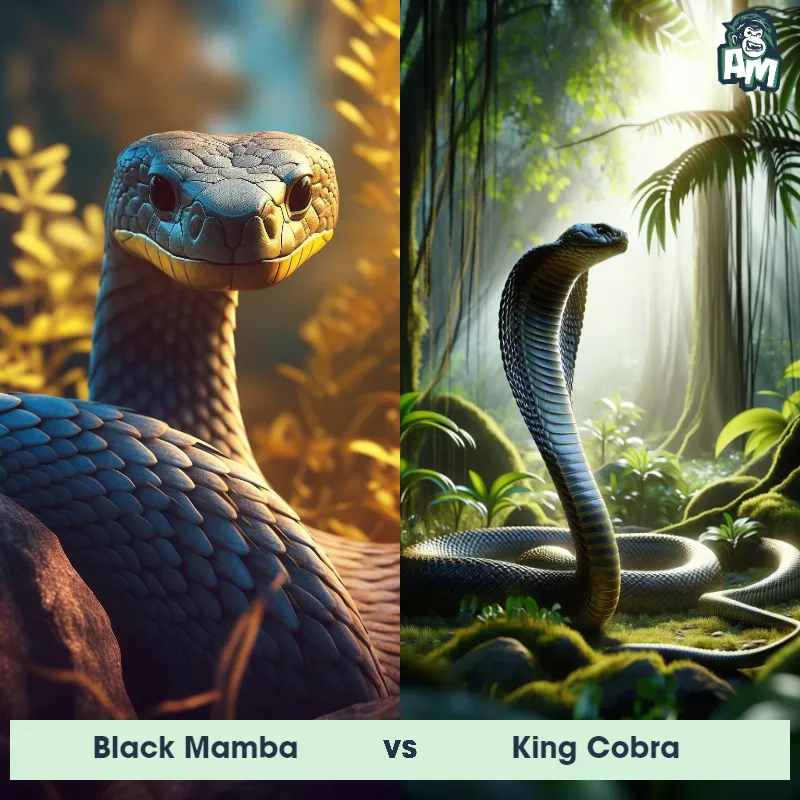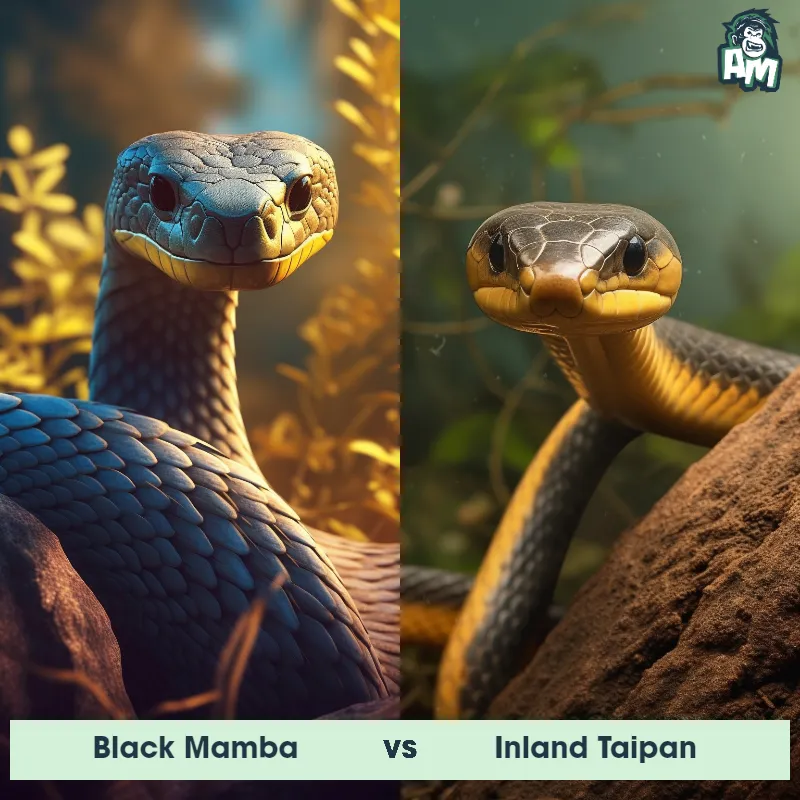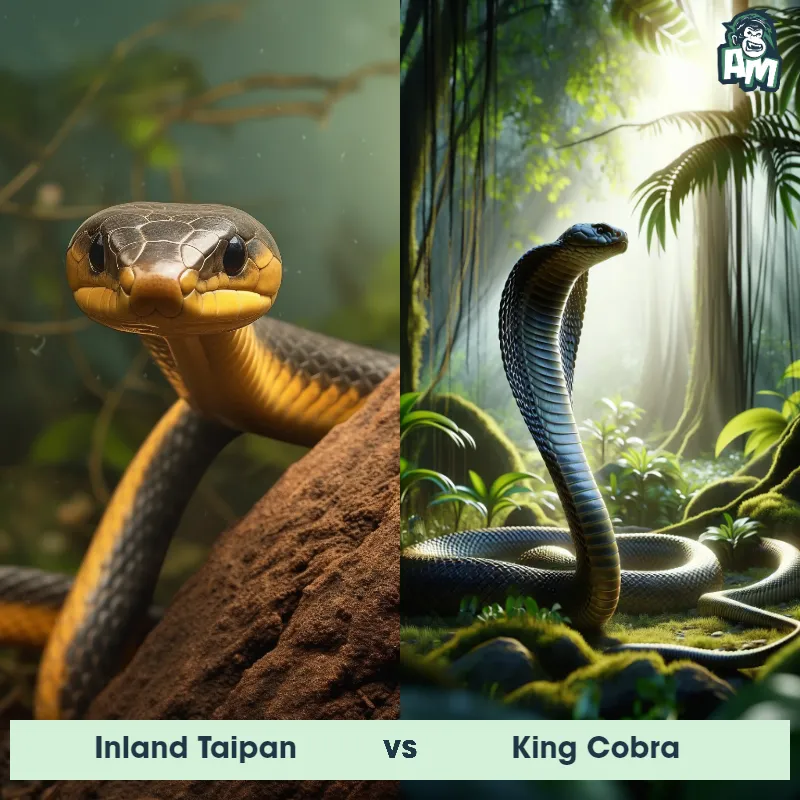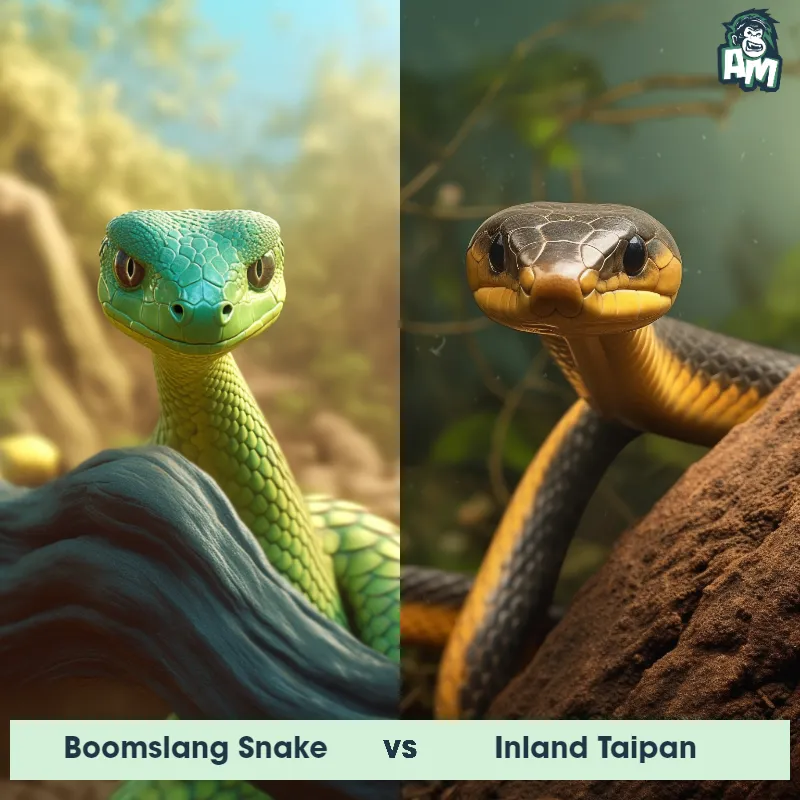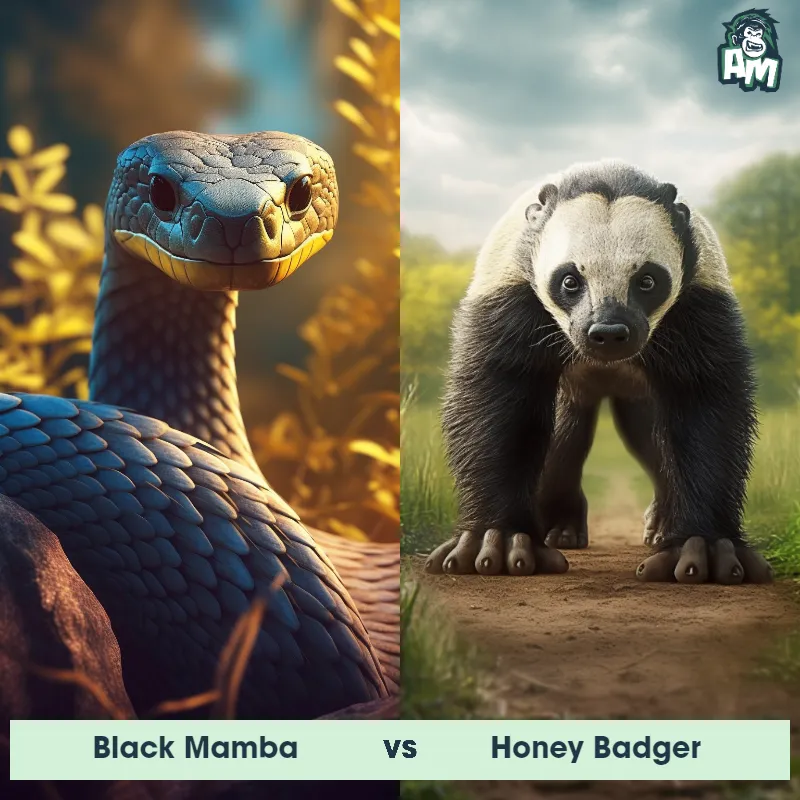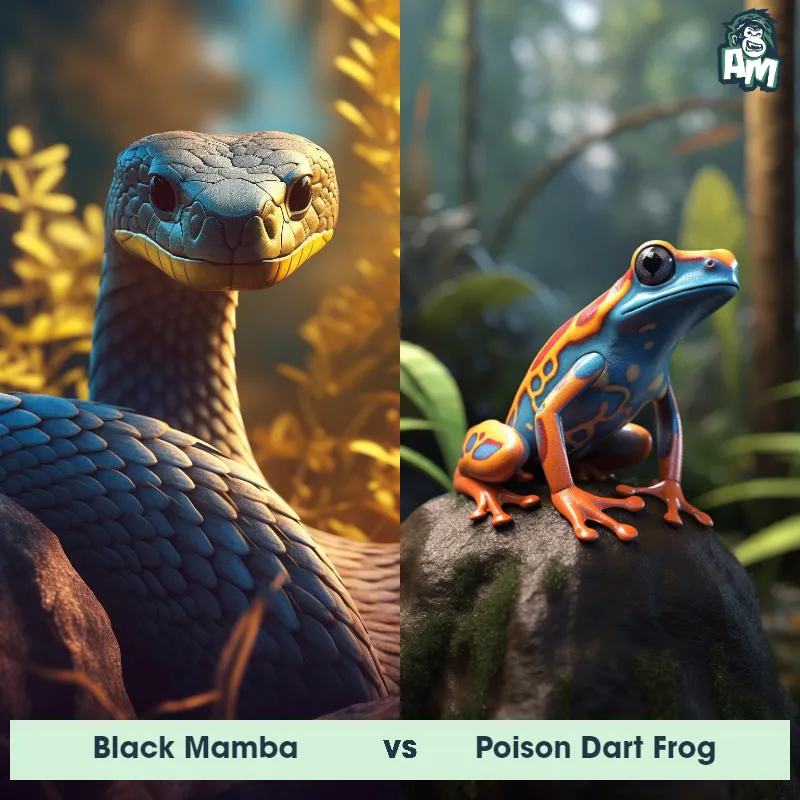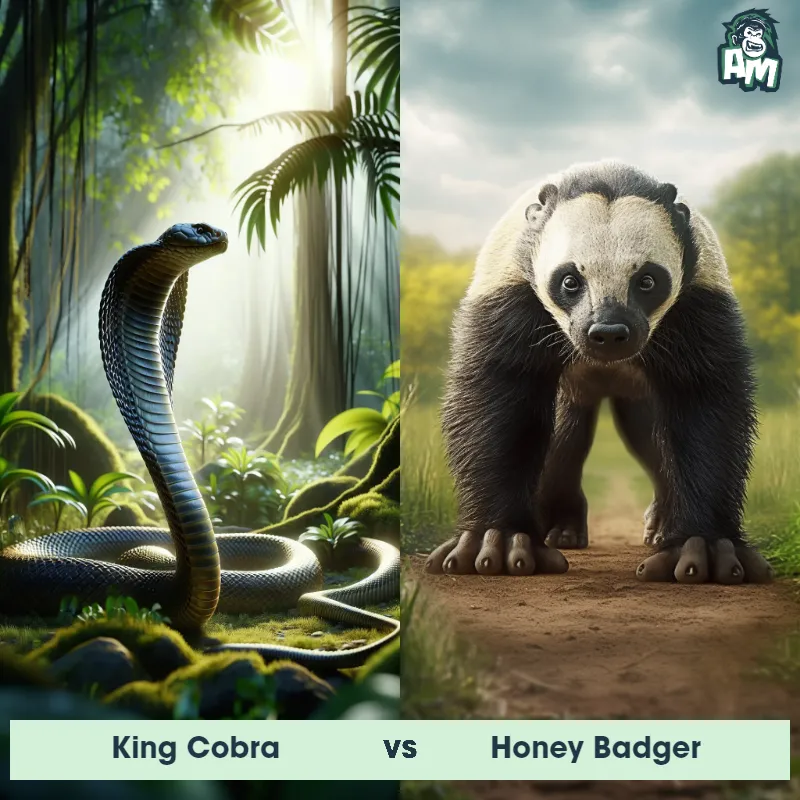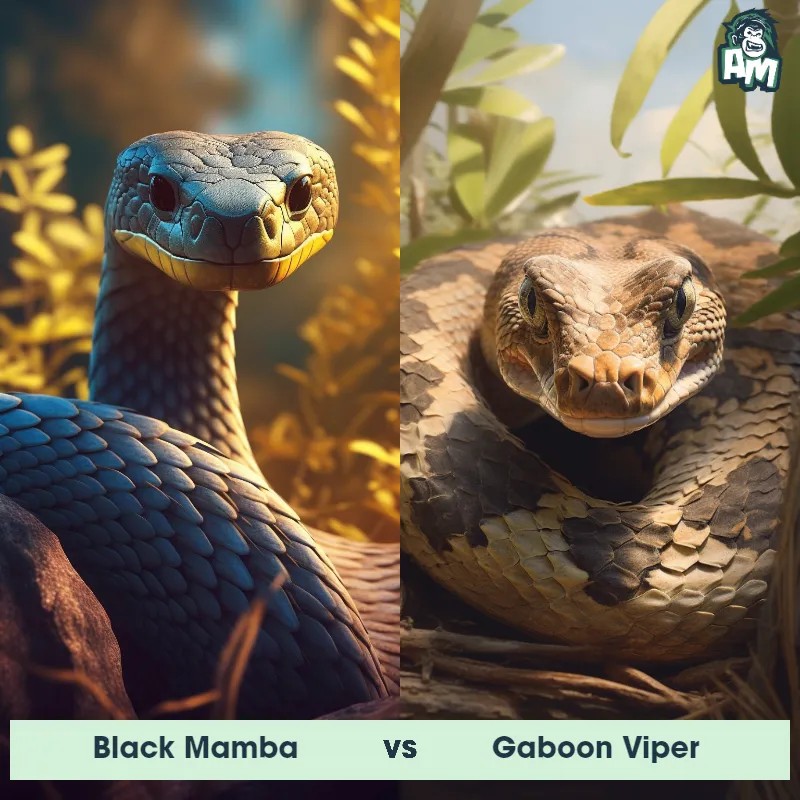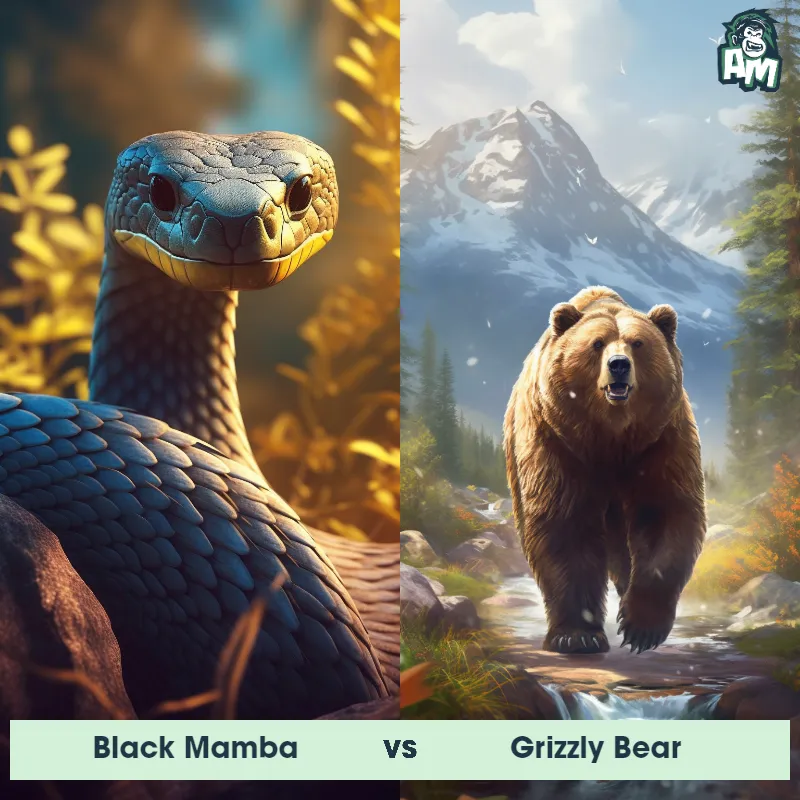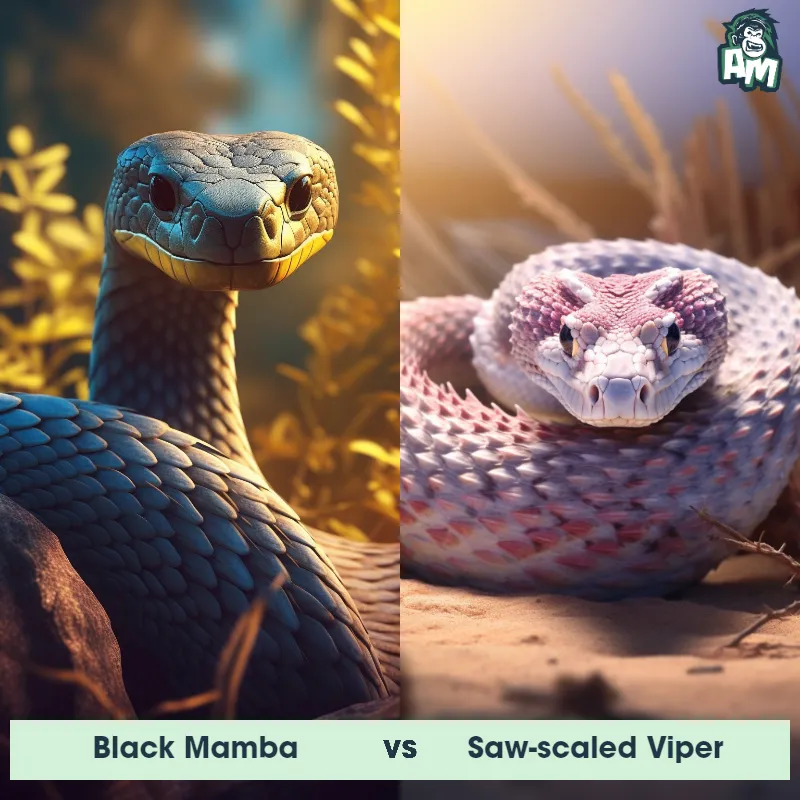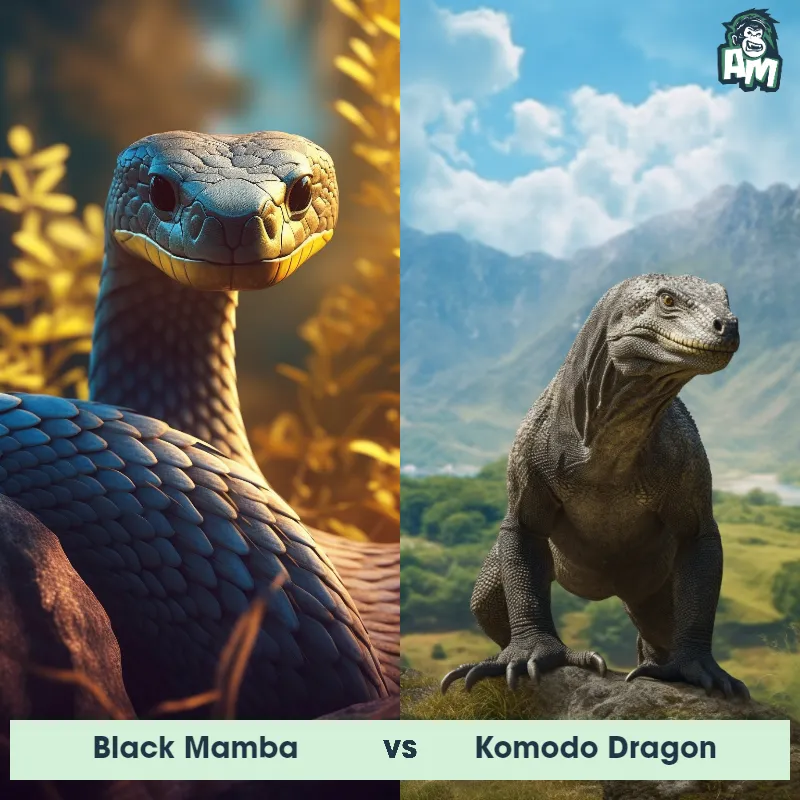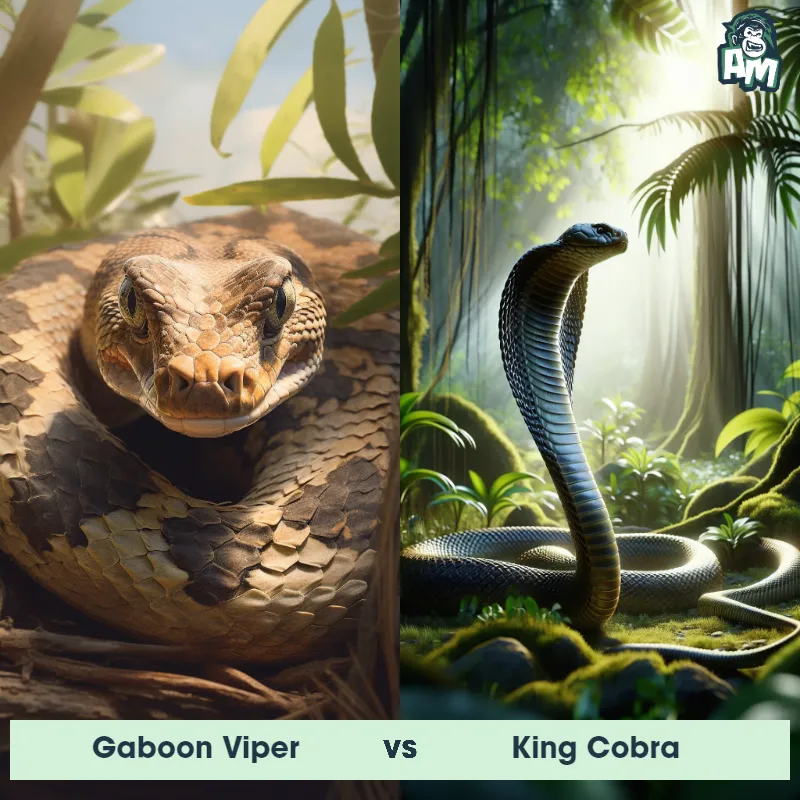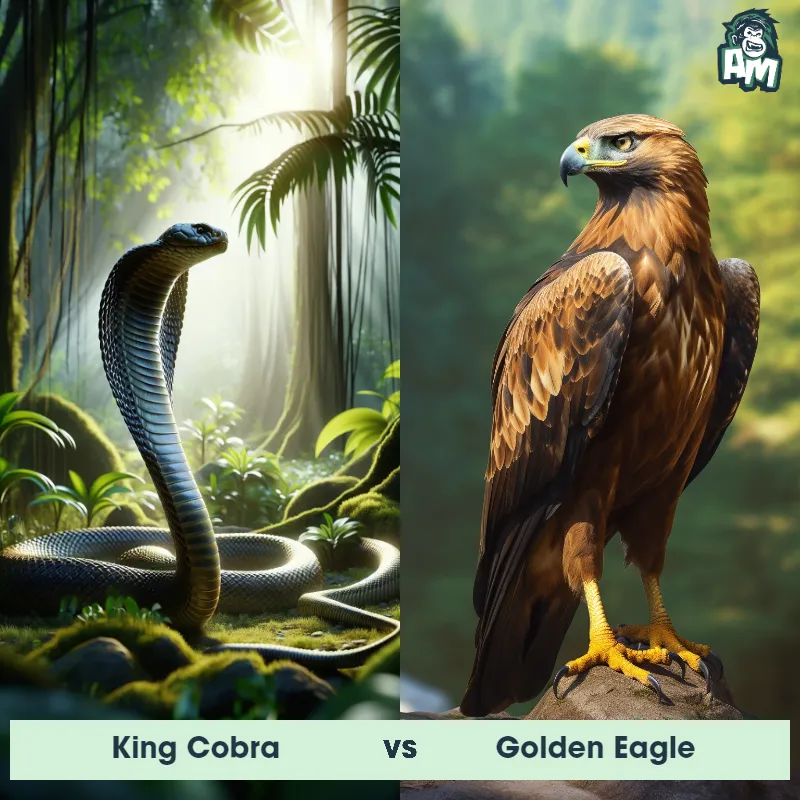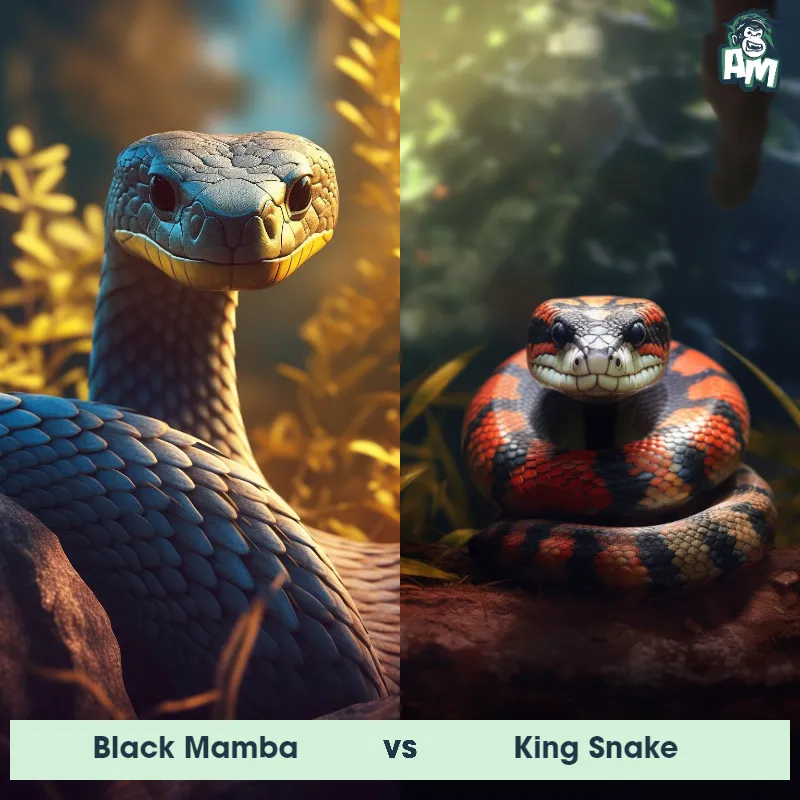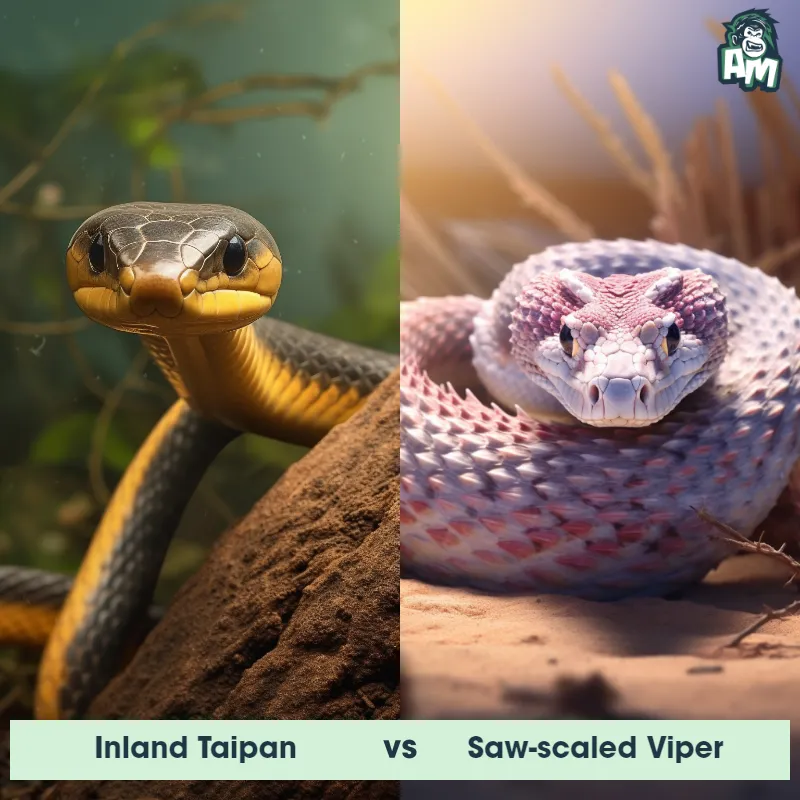King Cobra vs Coral SnakeSee Who Wins

Ladies and gentlemen, welcome to an electrifying showdown here at the Animal Matchup arena! Our cameras are rolling for a three-round fight between two relentless predators. On one side, we have the venomous and mighty King Cobra, known for its lethal bite. Facing off against the Cobra is the cunning and agile Coral Snake, famous for its vibrant and distinctive color pattern. Both contenders are in prime condition, ready to claim their victory. It's time for a showdown like no other!
Contender 1: King Cobra
The King Cobra, also known as Ophiophagus hannah, is the longest venomous snake in the world, reaching up to 18 feet in length. It has distinctive markings of black and yellow bands, and its head is large and flattened with two small eyes and nostrils. The King Cobra is found in Southeast Asia and is known for its deadly venom, which can cause respiratory failure and death in humans.
Fun Fact: The King Cobra is the only snake species that builds a nest for its eggs, which it guards fiercely until they hatch.
Contender 2: Coral Snake
The Coral Snake, also known as Micrurus fulvius, is a venomous snake species found in North America. It has a distinctive color pattern with bright red, yellow, and black bands that encircle its body. Unlike many other North American snakes, the Coral Snake has a small head, black eyes, and a short tail. This serpent species ranges in size from 2 to 4 feet long, and it has smooth scales. Coral Snakes are known for their secretive nature, spending most of their time hidden in leaf litter or underground burrows.
Fun Fact: A fascinating fact about the Coral Snake is that it is part of the Elapidae family, which also includes cobras and mambas, making it one of the only venomous snakes in North America that is not part of the Viperidae family.
Matchup Stats
| King Cobra | Coral Snake | |
|---|---|---|
| Size | Up to 18 feet (5.5 meters) | 2 to 4 feet long (0.6 to 1.2 meters) |
| Weight | Up to 20 pounds (9 kilograms) | Not specified |
| Speed | Speed: 12 mph (19.31 km/hr) | 1mph (1.6km/h) |
| Key Strength | Venomous bite | Not specified |
| Biggest Weakness | Vulnerable to larger predators | Not specified |
Current Votes
King Cobra vs Coral Snake
See Who Wins
View More Matches
Looking For More?
Similar Matches
Scientific Stats
| King Cobra | Coral Snake | |
|---|---|---|
| Scientific Name | Ophiophagus hannah | Micrurus fulvius |
| Family | Elapidae | Elapidae |
| Habitat | Forests, grasslands, and swamps | Leaf litter, underground burrows |
| Geography | Southeast Asia | North America |
| Diet | Rodents, birds, and other snakes | Small reptiles, snakes, and other snakes' eggs |
| Lifespan | 20 years - 25 years | 6 years - 8 years |
Key Differences between King Cobra and Coral Snake
- Eyes: King Cobras have large, bulbous eyes that are slightly angled forward, providing them with excellent binocular vision. In contrast, Coral Snakes have relatively small eyes that are situated more laterally on their head.
- Color: The King Cobra displays a variable coloration, ranging from olive green to brown or black, with a distinctive hood that can be spread open. Conversely, the Coral Snake exhibits a distinctive pattern of red, yellow, and black rings encircling its body, with red and yellow bands touching.
- Habitat: King Cobras are found in a variety of habitats, including forests, grasslands, and even agricultural areas, throughout parts of Southeast Asia and the Indian subcontinent. Meanwhile, Coral Snakes are primarily found in woodland areas, particularly in the Americas.
- Venomous Bites: The King Cobra possesses an extremely potent venom that can cause paralysis and even death in its prey. In comparison, the Coral Snake has a relatively less potent venom, but it still poses a serious threat to humans, with its venom primarily affecting the nervous system.
- Size: The King Cobra is significantly larger than the Coral Snake, growing up to 18 feet in length, while the Coral Snake typically only measures around 2-5 feet long.
- Head Shape: The King Cobra possesses a unique head shape that is quite large and flattened, with a prominent raised spectacle on each side. On the other hand, the Coral Snake has a smaller, round-shaped head with no raised spectacles.



